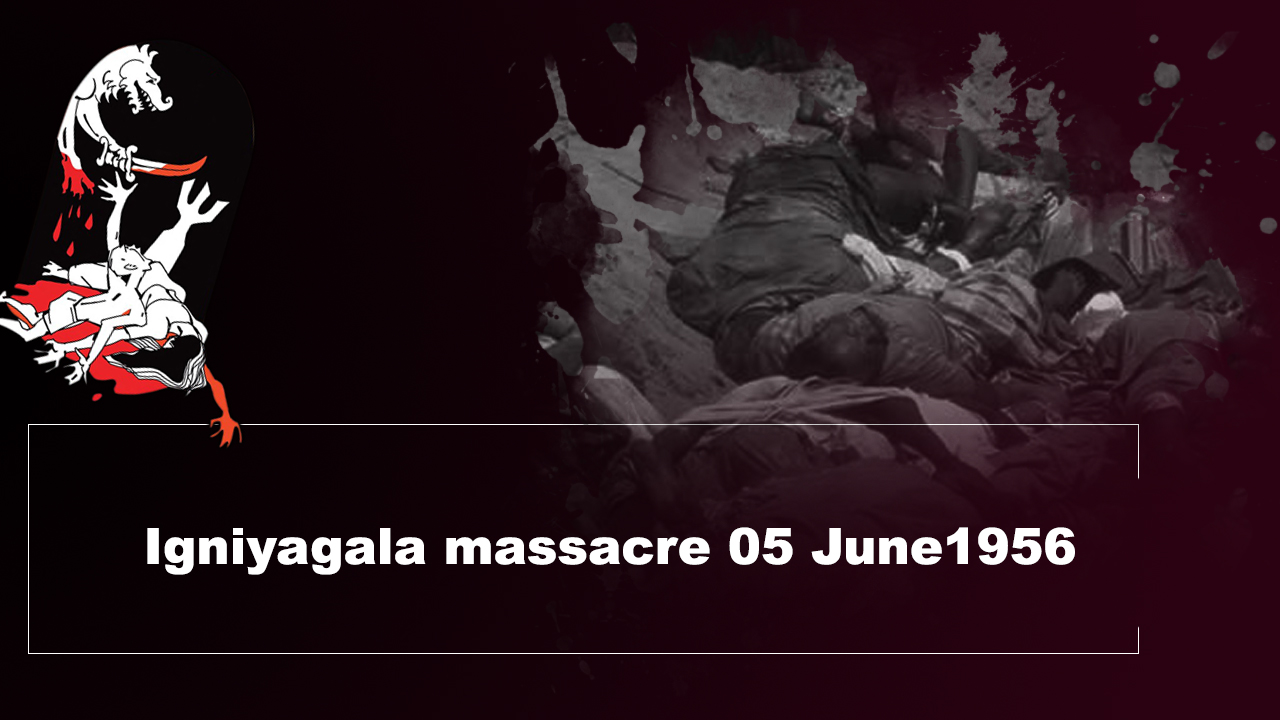What is the fate of the civilians who disappeared during the six month period in the middle of 1996? Chemmani area in the Ariyalai village houses the welcome arch into Jaffna town four Kms from the town.
Following breakdown of the talks between the LTTE
and the government of Sri Lanka in April 1994, the newly elected President Chandrika Kumaratunge launched a war which she called the “war for peace” The military captured the Jaffna town in 1995 and in 1996 the military captured the entire Jaffna peninsula.
The Riviresa military operation started in the latter part of 1995. Over a period of two days 450,000 people displaced from the western sector of Jaffna and walked through Chemmani road, Kopay road to the eastern sectors. The Military then captured the Jaffna town. Eventually the military captured most of the Jaffna peninsula. Half the displaced people went to live in other districts and the rest lived in the military controlled Jaffna peninsula.
While a “war for peace” was being waged, the list of people arrested and disappeared in Jaffna kept growing under the military leadership of Major General Janaka Perera. Rape of women by the military was also increasing. During the six months, following mid 1996, the number of disappeared reached 700. 600 complaints were lodged at the Human Rights Commission. An association was formed by the families of the disappeared.
The association has waged demonstrations in several locations demanding to know the fate of their family members. As the pressure mounted, President Kumaratunge appointed a Commission of military officials to investigate the disappearances. In spite of several sittings of this commission there was no outcome worthy of note from this commission. Following the disappearance of Krishanthi (see later) and the confession by one of the convicted soldiers about mass graves in Chemmani where 300 to 400 bodies are buried, the convicted soldier was taken to the location to identify the mass graves.
The Chemmani mass graves were dug in front of Judge Ilancheliyan, Prof Neriyella from Ruhunu University and several lawyers including, Kesavan, Ilanko, Paramaraja, and Pon Poologasingam. Several locations were identified as mass grave locations. When the site was dug for the first time 11 skeletons were unearthed. They were sent for forensic investigations andthe ages were estimated to be from 16 to 35. Before the second digging was to begin people were banned from going near the area and people noticed movement of military vehicles at night in the area. The second digging two weeks later uncovered another 6 bodies. With this the task was temporarily halted. To date no further progress has been made on these investigations.
